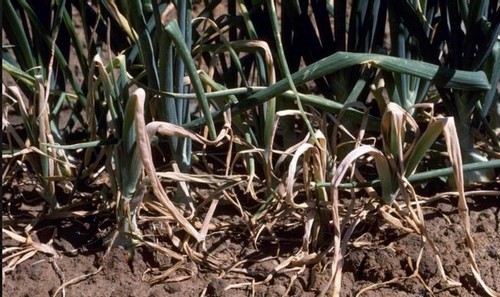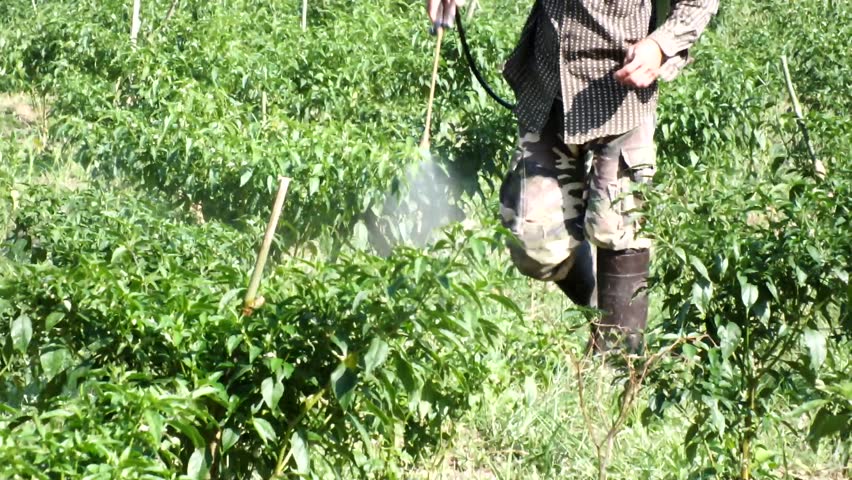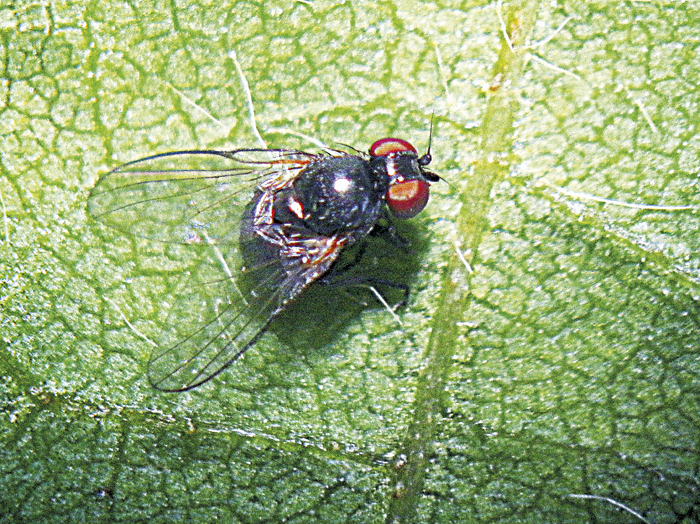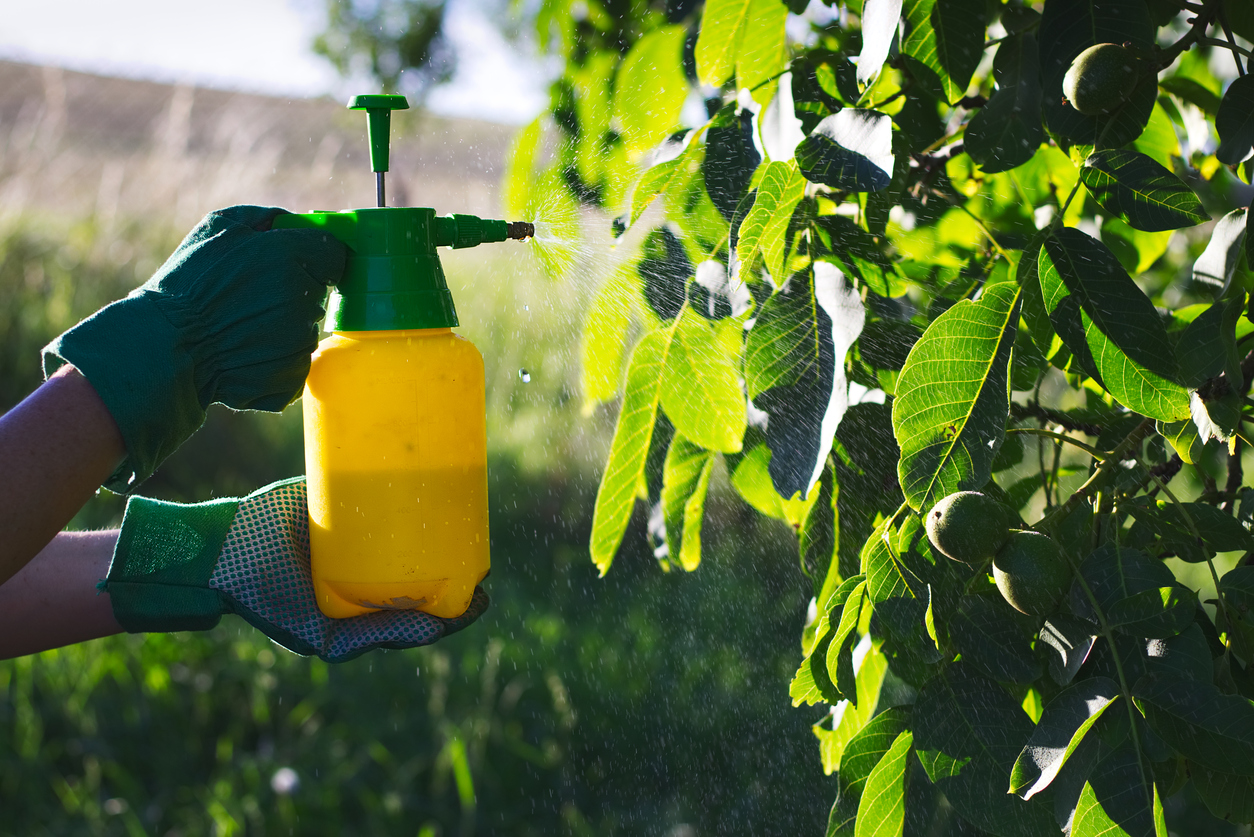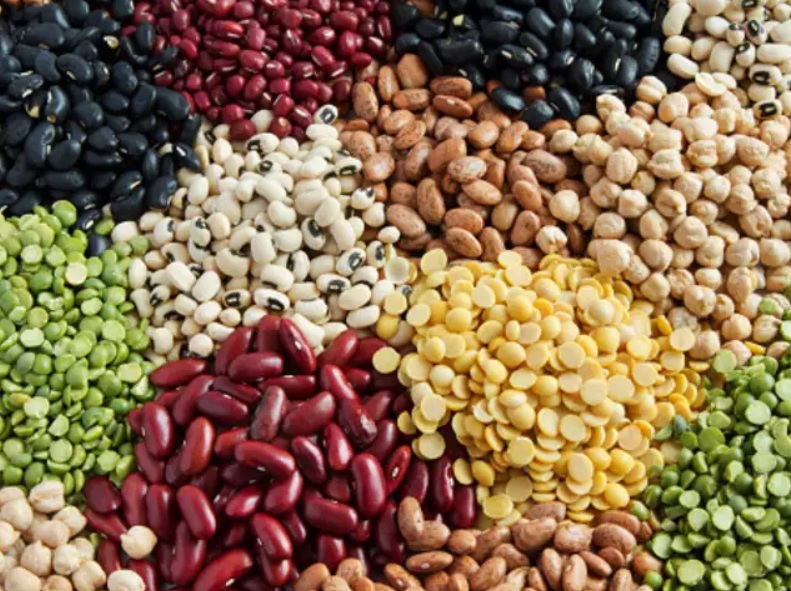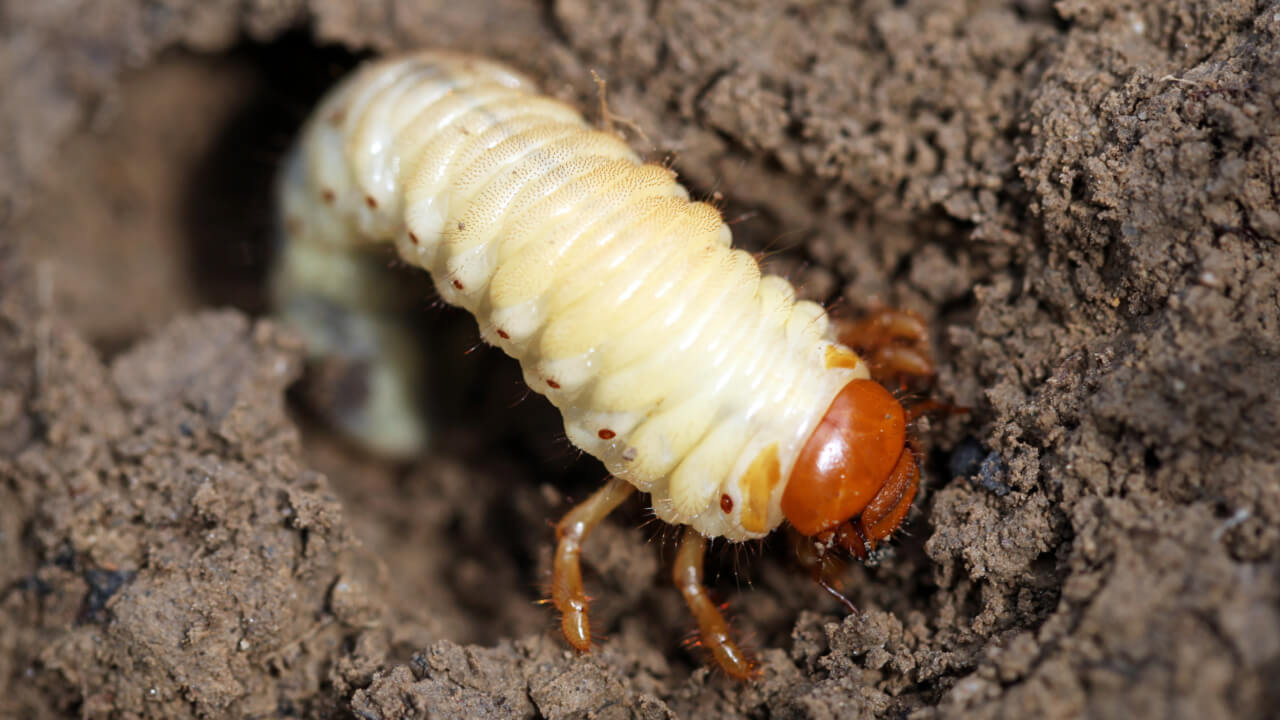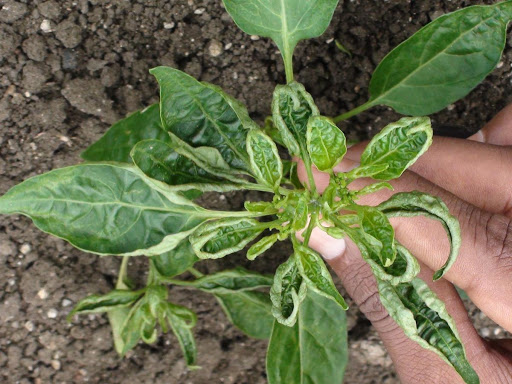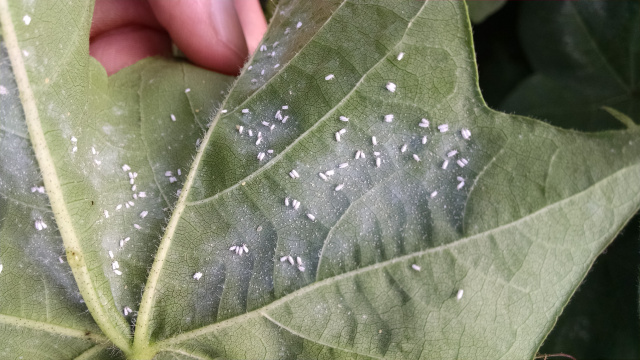Skip to content
- High soil moisture and moderate temperature along with high humidity, especially in the rainy season leads to the development of this disease.
- Pre-emergence damping off results in seed and seedling rot before emerging from the soil.
- Post-emergence damping off results in pathogens attacking the collar region of seedlings on the surface of soil.
- The collar portion rots and ultimately the seedling collapse and die.
- Healthy seeds should be selected before sowing.
- Spray of CARBENDAZIM 12% + MANCOZEB 63% WP@ 30 gram /pump or THIOPHANATE METHYL 70% W/W @ 30 gm/Pump or MANCOZEB 64%+ METALAXYL 8% WP @60 gram/pump
Share
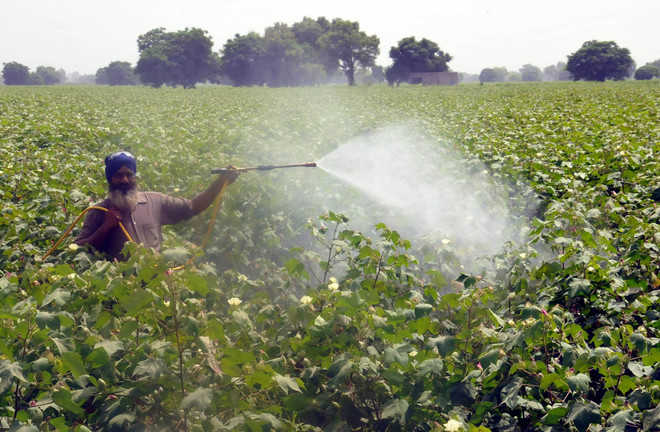
- Cotton plants usually face a lot of attacks from insects like sucking pests, caterpillars such as Pink bollworm, Aphid, Jessid, Mites, etc
- Along with these pests, some fungal and bacterial diseases also greatly affect the Cotton crop like root rot, stem rot, Alternaria leaf spot, etc.
- the following products are used to manage them.
- Pink bollworm management: – PROFENOFOS 40 % + CYPERMETHRIN 4% EC @ 400 ml / acre or FENPROPATHRIN 10% EC @ 400 ml / acre or NOVALURAN 5.25 %+ EMAMECTIN BENZOATE 0.9 SC @ 600 ml / acre
- Sucking pest management: – DIAFENTHIURON 50 % WP @ 250 gram / acre or PYRIPROXYFEN 10 % + BIFENTHRIN 10% EC @ 250 ml / acre or IMIDACLOPRID 17.8% SL @ 100 ml / acre
- For fungal disease :-THIOPHANATE METHYL 70% WP @ 300 gram / acre or HEXACONAZOLE 5% SC @ 300 ml / acre or MANCOZEB 75 % WP @ 500 gram /acre For bacterial disease :- STREPTOMYCIN SULPHATE 90%+ TETRACYCLINE HYDROCHLORIDE 10% W/W@ 24 gram/acre or KASUGAMYCIN 3% SL @ 400 ml / acre
- as a biological treatment Spray PSEUDOMONAS FLUORESCENS @ 250 gram / acre
- Nutrition Management: – For good growth in cotton crop, spray 00:00:50 @ 1kg / acre
Share
- In 130-150 days Chilli crop is fully in maturation stage
- At this time in chilli crop there is continuous harvesting of fruits as well as there is regular growth of flowers.
- At this time, spraying of the appropriate chemicals is very important to keep the flowers from shedding and the chilli fruit from rotting.
- This management is done for fungus management, insect management, and nutrition management.
- For the control of fungal diseases spray METIRAM 55% + PYARACLOSTROBIN 5% WG@ @ 600 gram / acre or THIOPHANATE METHYL 70% W/W @ 300 gram / acre.
- For the control of insects PYRIPROXYFEN 10 % + BIFENTHRIN 10% EC @ 250 ml / acre or LAMBDA CYHALOTHRIN 4.9 % CS @ 250 ml / acre or CHLORANTRANILIPROLE 18.5 % SC @ 60 ml / acre
- Nutrition Management: – Spray @ 00:00:50 @ 1 kg / acre and GIBBERELLIC ACID @ 300 ml / acre and to prevent premature flower drop spray HOMOBRASSINOLIDE @ 100 ml / acre
Share
- The main causes for stem fly/stem borer in soybean crop are very dense sowing of the crop, inappropriate use of pesticides, non-adoption of the crop cycle.
- The most important thing for the control of stem fly in soybean crops is appropriate control in the early stage of the infection of the caterpillar.
- A spray of BEAUVERIA BASSIANA periodically is very important to control the stem fly.
- A spray of the following products is crucial for the control of stem fly in the soybean crop.
- THIAMETHOXAM 25% WG @ 100 gram / acre +FENPROPATHRIN 10% EC @ 400 ml / acre or THIAMETHOXAM 25% WG @ 100 gram / acre + BEAUVERIA BASSIANA @ 250 gram / acre or FIPRONIL 5% SC @ 400 ml / acre or FENPROPATHRIN 10 Spray @% EC @ 400 ml / acre + BEAUVERIA BASSIANA @ 250 gram / acre.
Share
- Organic fungicides either prevent the growth of pathogenic fungi or kill them and make the plant disease-free.
- It increases the immune system in plants by stimulating their chemical processes.
- It reduces dependence on chemical drugs, especially fungicides.
- Increase fertility of the soil by increasing the number of useful fungi in soil
- The use of organic fungicides has been observed to increase nutrients in crops.
- These are used as soil treatment. These pesticides play an important role in the bioremediation of soil contaminated with pesticides.
Share
- Control of seed borne diseases:- In small grain crops, vegetables and tuber crops like potato, garlic and onion, seed treatment is very effective.
- Control of soil borne diseases: – The seeds are treated with fungicidal chemicals to protect seeds and young plants from soil borne fungi, bacteria and nematodes, so that the seeds are safe in the ground,and all the chemicals that are used in seed treatment create a cover around the seeds.
- Improves germination: – By treating seeds with proper fungicide, their surface is protected from the attack of fungi, which increases their germination capacity.
- Protection from pests: – By treating the seed with a suitable pesticide before storage, it also protects the seeds during storage and after sowing. The pesticide was selected based on the type and storage period of the crop.
Share
- White grubs as the name suggests are white colored insects that live as a grub in a field whose dormancy period is in the winter.
- They initially damage chilli plant roots. Symptoms of white grub include a complete withering of the plant or stunting of the plant resulting in the plant dying.
- For control of this insect , in the month of June and July,use Metarhizium culture (kalichakra) along with FYM (2 kg + 50-75 kg) per acre for control of white grub
- But if infestation of white grub is visible even in the immature stage of chilli crop, then chemical treatment can also be done to control this pest.
- use FENPROPATHRIN 10% EC 10% EC @ 500 ml / acre, CLOTHIANIDIN 50.00% WG @ (Dantotsu) 100 g / acre as soil mix.
Share
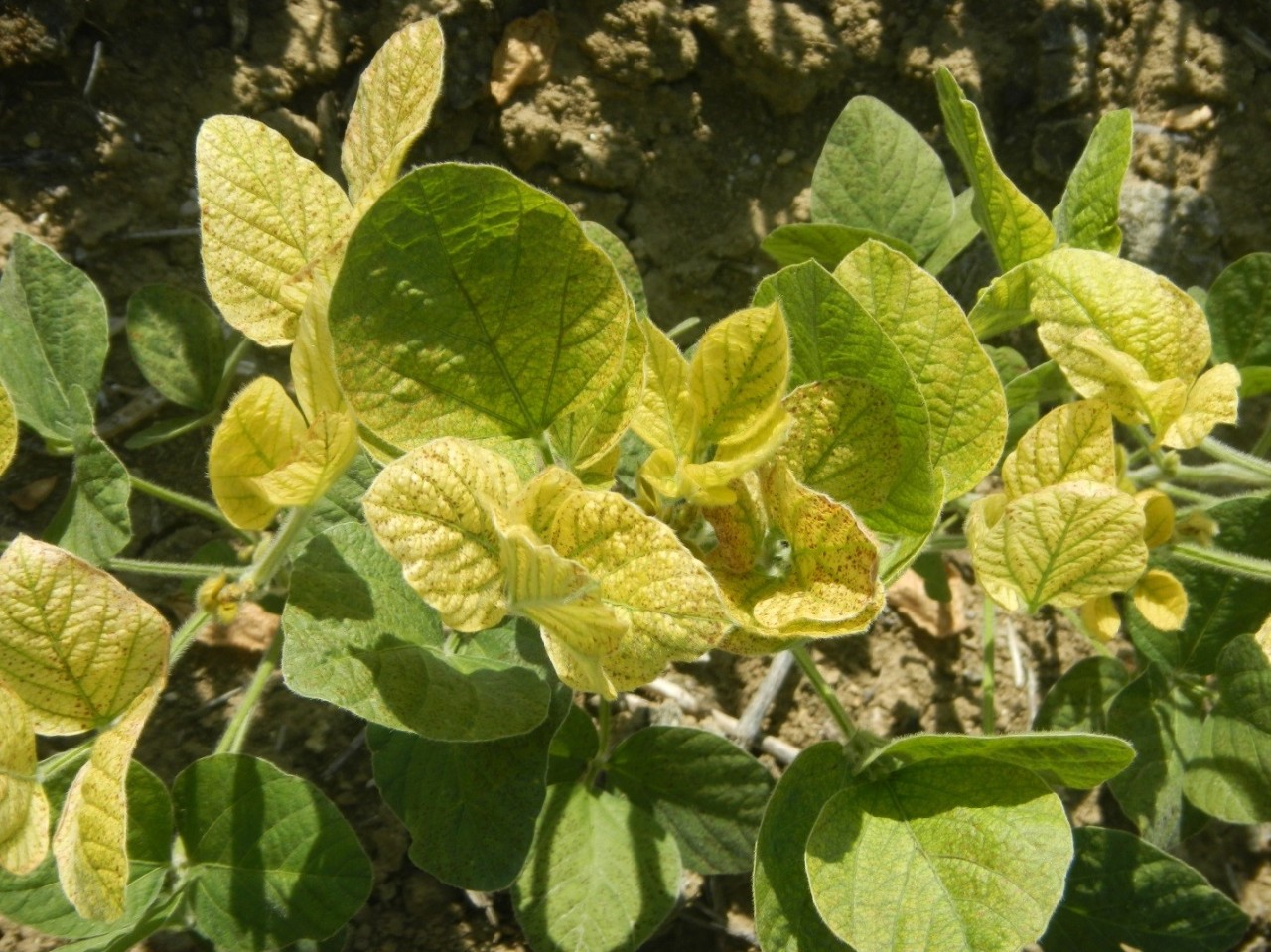
- Soybean crops have an excessive yellowing problem.
- Yellowing of soybean leaves can be caused by several factors including whitefly, virus, soil pH, nutritional deficiencies, fungal diseases, etc.
- It is very important to take management measures based on all these factors while keeping in mind the measures does not cause any harm to the soybean crop and yield.
- In the soybean crop, regardless of new or old leaves sometimes all the leaves have the possibility to turn light green or yellow color, become chlorotic at the tip and the leaves die under severe stress, which can cause yellowing of crops in the entire field.
- For control fungal diseases TEBUCONAZOLE 10% + SULPHUR 65% WG @ 500 gram / acre or CARBENDAZIM 12% + MANCOZEB 63% WP @ 300 gram / acre HEXACONAZOLE 5% SC @ 400 ml / acre
- Use biological treatment TRICHODERMA VIRIDE @ 500 gram / acre or PSEUDOMONAS FLUORESCENS @ 250 gram / acre
- Spray 00:52:34 @ 1 kg / acre to compensate for nutritional deficiency.
- If yellowing occurs due to pest infestation use ACETAMIPRID 20 % SP @ 100 gram / acre or THIAMETHOXAM 25% WG @ 100 gram / acre or FENPROPATHRIN 10% EC @ 400 ml / acre
Share
- Sucking pest whitefly are the main vectors of leaf curl virus in chilli
- The whitefly spreads the virus known as Chura-mura (leaf curl virus) which also causes leaves to be damaged.
- Ripe patches are formed on the mature leaves and the leaves are shredded into small cuts.
- This can cause the leaves to dry or fall, and also inhibit the growth of chilli crops.
- Use PRAVENTAL BV @ 100 gram / acre for this virus caused problem
- For vector control spray FIPRONIL 5% SC @ 400 ml / acre .
- or Spray ACEPHATE 50 %+ IMIDACLOPRID 1.8 %SP @ 400 gram / acre or LAMBDA CYHALOTHRIN 4.9 % CS @ 250 ml / acre or ACETAMIPRID 20 % SP@ 100 gram / acre
- METARHIZIUM @ 1 kg / acre or BEAUVERIA BASSIANA @ 250 gram / acre
Share
- This pest causes a lot of damage in cotton crops in both the stages of its life cycle i.e. nymph and adult.
- They suck the cell sap of cotton plant leaves and inhibit plant growth.
- This insect also causes infection of a harmful fungus known as black fungus that grows on the plant.
- In the situation of high infestation, the cotton crop has the potential to become fully infected.
- Even after the crop is fully developed, there is a chance of infestation of this pest which causes the leaves of this crop to dry up and fall.
- Management: – For the control of this pest,DIAFENTHIURON 50 % WP@ 250 gram / acre or FLONICAMID 50% WG@ 60 ml / acre or ACETAMIPRID 20 % SP @ 100 gram / acre or PYRIPROXYFEN 10 % + BIFENTHRIN 10% EC@ 250 ml / acre
Share

